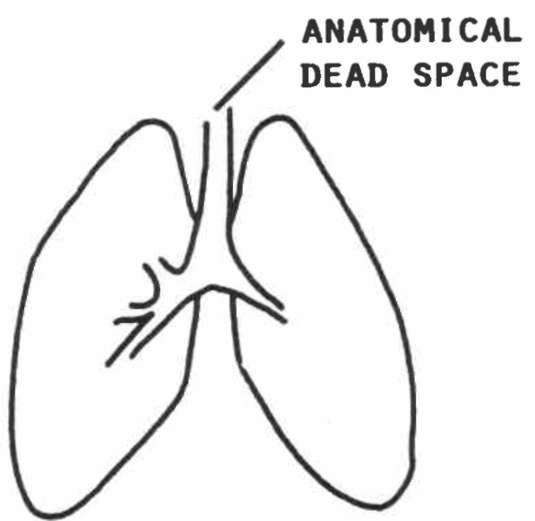

It mainly depends on compliance and tidal volume. Plateau pressure is the pressure imposed on the small airway and alveoli during mechanical ventilation. In mechanically ventilated patients, monitoring plateau pressure is a reliable way to predict the risk of barotrauma. Ventilation with large tidal volumes might as well cause barotrauma, a condition characterized by alveolar rupture and subsequent accumulation of air in the pleural cavity or the mediastinum. Lung injury during mechanical ventilation can be caused by ventilating with large tidal volumes in healthy lungs, though also with small tidal volumes in injured lungs. It was not until 1974 that Webb and Tierney described this phenomenon, called volutrauma when they demonstrated pulmonary edema in rats after exposure to high inflation pressures. The result is the initiation of an inflammatory cascade characterized by increased lung permeability, pulmonary edema, alteration of surfactant, and production of cytokines that injure the lungs. However, ventilation with large tidal volumes causes volutrauma due to alveolar overdistension and repetitive opening of collapsed alveoli. The rationale was to reduce hypoxemia, prevent airway closure, and increase functional residual capacity.

Initially, mechanical ventilation involved delivering tidal volumes of 10 mL/kg of ideal body weight or higher. The goal is to deliver a tidal volume large enough to maintain adequate ventilation but small enough to prevent lung trauma.

Tidal volume is vital when it comes to setting the ventilator in critically ill patients.


 0 kommentar(er)
0 kommentar(er)
